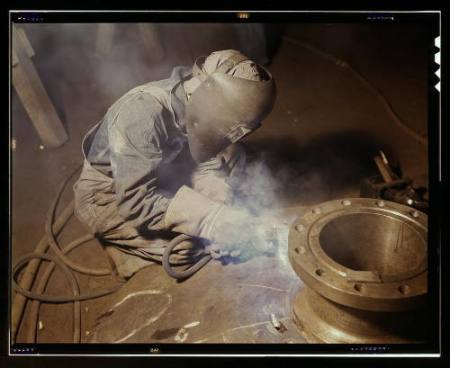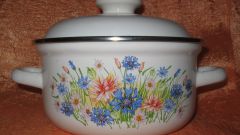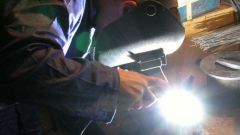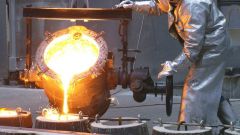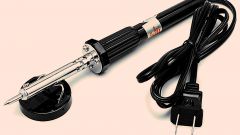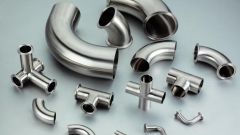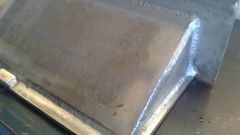You will need
- Gas torch or electric welder, welding rods, electrodes.
Instruction
1
Use gas welding – one of the most reliable methods of welding cast iron. Gas welding allows you to weld metal as close in its properties to the main.
Lead gas welding cast ironand better with a preheat. Clean edge welded material from rust and dirt with a wire brush, remove all traces of oil .
As welding rods use cast ironstar rods with a length of 40-70 cm bar Diameter should be equal to half the thickness of the base metal.
Lead gas welding cast ironand better with a preheat. Clean edge welded material from rust and dirt with a wire brush, remove all traces of oil .
As welding rods use cast ironstar rods with a length of 40-70 cm bar Diameter should be equal to half the thickness of the base metal.
2
You can cook by electric welding special electrodes for cast iron. It is important to keep in mind that in this case must use the welding machine with output DC, not AC.
Electrodes for cast ironhave have some modifications, because the cast iron also varies by species: gray, white, malleable. The best results you can get if you use the electrodes CBS – 4 with carbidopa elements in the coating (up to 70% of vanadium).
First napravite cushions facing electrodes with a diameter of 3mm, a current 65 – 80A. Weld intermittently to detail does not get warm above +100 degrees C. After that, apply a seam with electrodes of larger diameter, while also giving the parts to overheat.
Electrodes for cast ironhave have some modifications, because the cast iron also varies by species: gray, white, malleable. The best results you can get if you use the electrodes CBS – 4 with carbidopa elements in the coating (up to 70% of vanadium).
First napravite cushions facing electrodes with a diameter of 3mm, a current 65 – 80A. Weld intermittently to detail does not get warm above +100 degrees C. After that, apply a seam with electrodes of larger diameter, while also giving the parts to overheat.
3
If there are no special electrodes, take a common electrode for welding steels, wrap it in copper wire and cook as usual. Pre detail is better to warm up in the oven to 400 degrees. Upon completion of the welded part cool along with the oven. In this case, there will be cracks and stresses.
4
Another way is to weld on studs. Laterally along the line of the seam, drill the holes, cut them with the thread and screw studs of low carbon steel. First scald all pins separately, then weld them together. Then put the lining seams.
Welding lead with breaks, avoiding overheating of the part.
Welding lead with breaks, avoiding overheating of the part.
Note
When welding cast iron it is necessary to change the welding cable in some places – from earth to holder and holder to the ground.
Useful advice
Also can solder cast iron using gas welding blowpipe, with borax as an oxidizer and non-ferrous metals – brass, bronze, copper.
